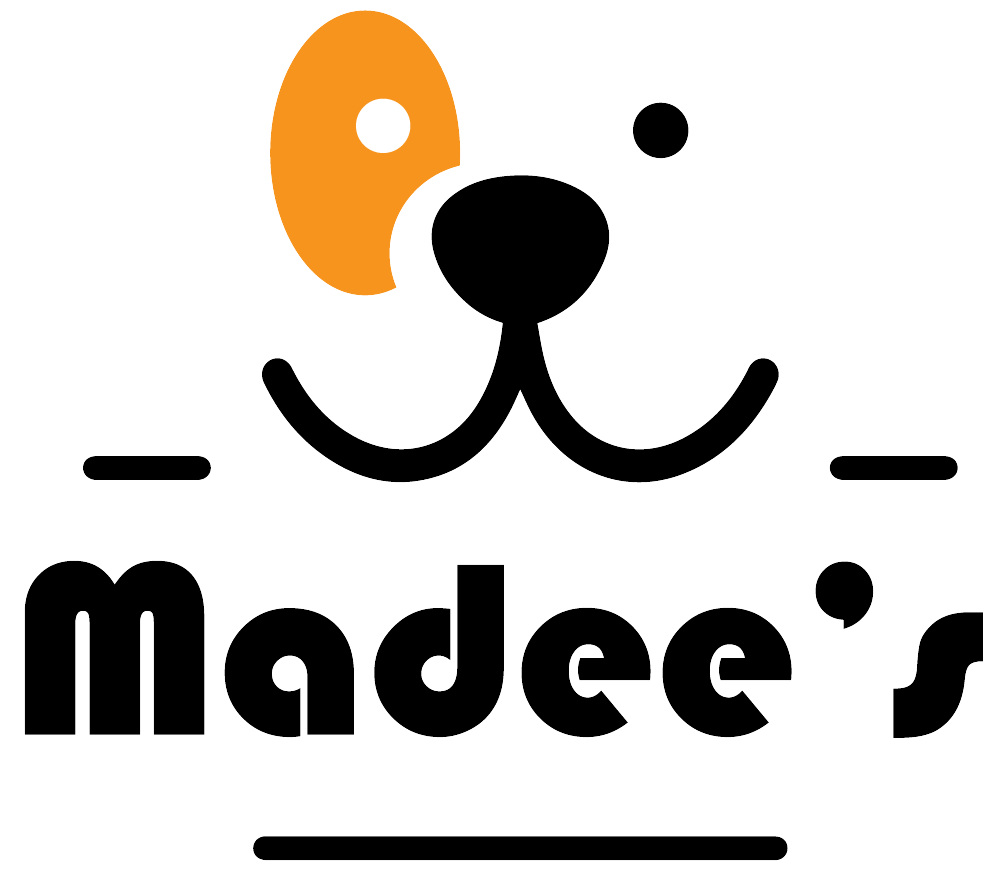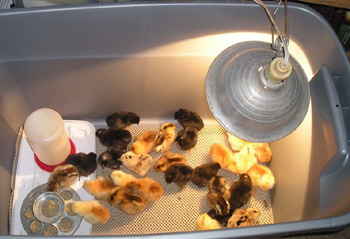Natural Treats vs. Processed: What’s Best for Your Pet?

What Are Natural Pet Treats?
Natural pet treats are low-process and consist of whole, unprocessed, pure, unadulterated, whole-food ingredients.
They contain:
Freeze-dried liver, Dehydrated sweet potatoes and Single-ingredient chews such as bully sticks or chicken feet. These sorts of treats are the least likely to have no artificial preservative, flavor, and color.
Advantages of Natural Treats
Less additive: Less space for allergy reaction or upset stomach.
More nutrient content: More of the food’s natural vitamins and minerals. Lesslie.
Clarity: Easy to read and rational ingredient list.
What Are Processed Pet Treats
Processed food treat most likely is a list of steps in the process. Preservatives, flavor, and even fillers like corn, soy, or by-products most likely are going to be added. They most likely are neater-looking in the eye.
Why They’re So Popular in Compliments Everywhere
Long shelf life is a convenient item to keep in the cupboard shelf, no risk of going stale or moldy. Variety includes Fragile texture, fragile flavor, any size. Prices are generally cheaper than their natural counterparts.
Exceptions can be found, however a few of the pricier ones do contain quality wholesome ingredients which never even make it to the processing board — read labels and use your head.
So, What’s Best for Your Pet?
If you’re looking for the healthiest options, natural treats are often the way to go — especially for pets with food sensitivities or allergies. However, an occasional processed treat from a reputable brand likely won’t harm a healthy pet.
Final Thoughts: Here’s what to look for, regardless of type:
Short ingredient lists named proteins (e.g. “chicken” vs. “meat by-product”), No artificial colors or preservatives and treats from reputable countries with quality standards.
Second, always include a mix as a percentage below 10% daily consumption of your pet, full-price meal or functional food, so dined by both but wise restraint. Take a look on whether your pet is fine — healthy intestines, healthy coat, and energy, and off and racing go you.
And lastly, compliment what two manners stride and approach your dog — and leave a rolling purr motor or thump thumper open.
To know what best for your pet to eat, should concern with pet supplies in Australia and follow their defined tips.
Tags



